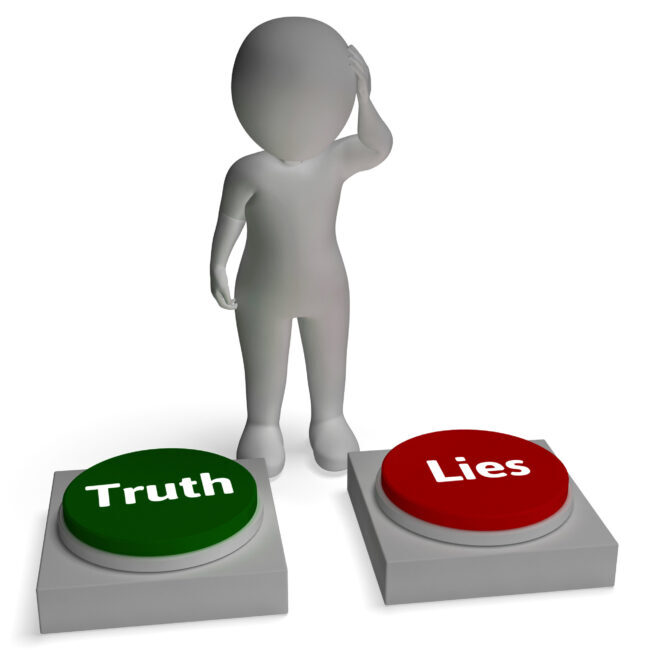Seems we live in a world of FAKE. How do you know what is fake and what is not?
A recent article described certain activities in Silicon Valley as the end of fake. The point being that in the recent VC heyday, some have feed the market crap and taken advantage of the Greed is Good mindset. Previously addressed whether opportunities and/or statements passed the so called “Smell Test.” Mostly likely, many in the Silicon Valley ignored their olfactory warnings.
How did we get here? Humans have always wanted to put forth their best impression. We have been taught from an early age that we can only make a first impression once. Moreover, “Research shows that it takes between just 33–100 milliseconds for someone to form judgments about your character.”
Puffery
“This is the best car available today.” Not necessarily incorrect or correct but the ‘opinion’ of the sales representative. This is an example of Puffery. Certain claims about emerging technologies can fall into this category as well.
However, there can be a downside to this push. If the automobile is then perceived as ‘not the best’ or even worse, a lemon the brands of the manufacturer as well as the car dealership maybe negatively impacted.
Investment scams have long used statements such as, “You don’t want to miss out on this once in a lifetime opportunity, guaranteed to go up in value but you have to act NOW!.” This pushes the envelope on puffery and most likely is FAKE.
A Lie Repeated
“Repeat a lie often enough and it becomes the truth”, is a law of propaganda often attributed to the Nazi Joseph Goebbels.
People push their agendas, political or other. Sometimes, however, an ‘illusion of truth‘ purports to repeatedly persuade individuals to accept and internalize this FAKE. We see examples of this in politics and the so called ‘talking points’ put forth again and again and again.
Building a FAKE Radar
“A large meta-analysis revealed overall accuracy of distinguishing truths from lies was just 53 percent — not much better than flipping a coin.” No wonder the propagandists are so successful.
Counter to the Goebbels methodology, according to the prestigious journal, Psychology Today there are four ways to tell if you are being lied to:
- Constant elaborate and dramatic presentations of events and their impact–the DRAMA of it all
- The above is a behavior pattern REPEATED often–the TALKING POINTS
- INCONSISTENCIES and changes in the same position–the UNPREDICTABLITYALITY
These personality disorders and be attributed both to individuals as well as organizations. Other things to watch out for include facial expressions and other physical traits such as the eyes and fake smiles.
The term FAKE is tossed around with glibness abandon. As important, those who don’t use the word but pedal the same level of the illusion of truth used by many to support public and private narratives is ubiquitous.
To be an informed consumer/decision maker of information requires an optimal FAKE radar. Implementing and sustaining a personality disorder lie detector is just as important a life skill in a society rampant with dishonesty.
How strong is your FAKE radar signal?
For More Information
Please note, RRI does not endorse or advocate the links to any third-party materials herein. They are provided for education and entertainment only.
See our Economic Value Proposition Matrix® (EVPM) for additional information and a free version to build your own EVPM.
The author’s credentials in this field are available on his LinkedIn page. Moreover, Dr. Shemwell is a coauthor of the just published book, “Smart Manufacturing: Integrating Transformational Technologies for Competitiveness and Sustainability.” His focus is on Operational Technologies.
“People fail to get along because they fear each other; they fear each other because they don’t know each other; they don’t know each other because they have not communicated with each other.” (Martin Luther King speech at Cornell College, 1962). For more information on Cross Cultural Engagement, check out our Cross Cultural Serious Game. You can contact this author as well.
For more details regarding climate change models, check out Bjorn Lomborg ands his latest book, False Alarm: How Climate Change Panic Costs Us Trillions, Hurts the Poor, and Fails to Fix the Planet.
Regarding the economics of Climate Change, check out our recent blog, Crippling Green.
For those start-up firms addressing energy (including renewables) challenges, the author can put you in touch with Global Energy Mentors which provide no-cost mentoring services from energy experts. If interested, check it out and give me a shout.

